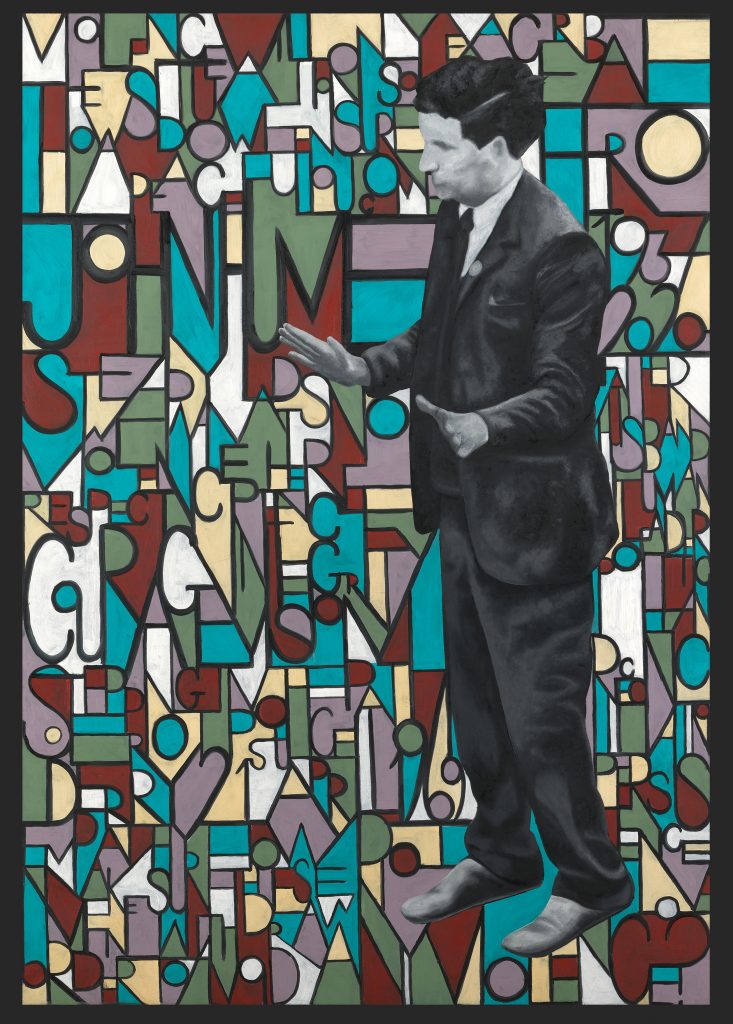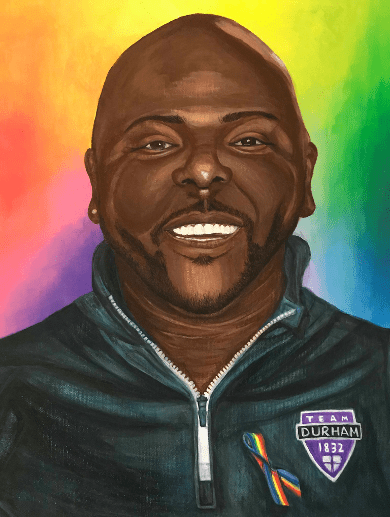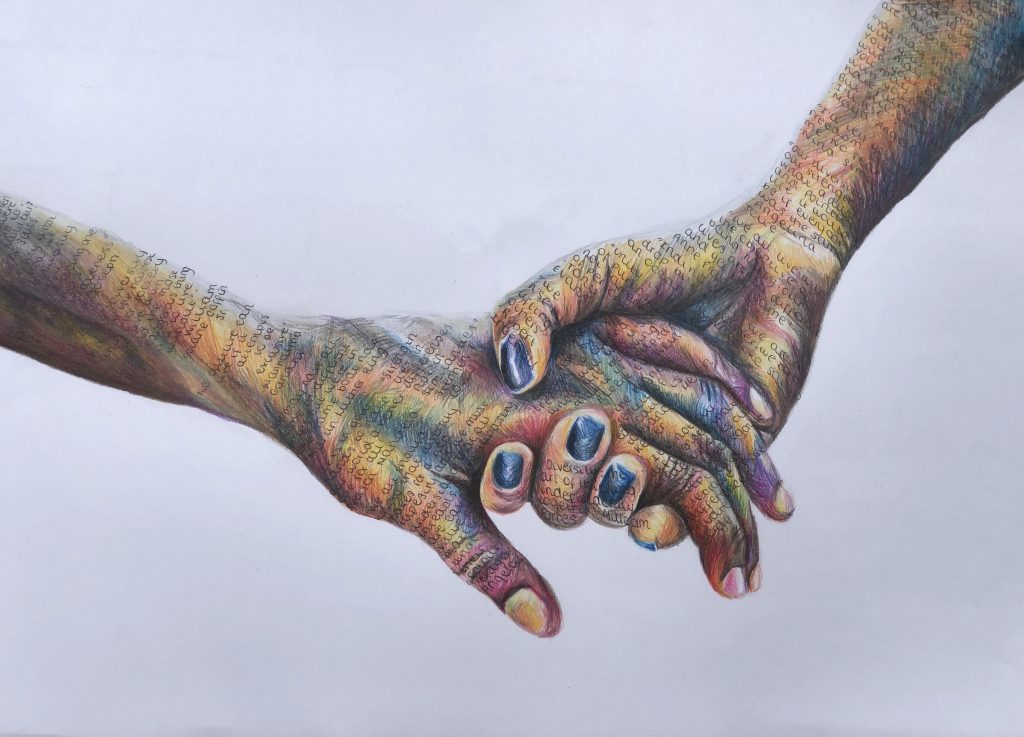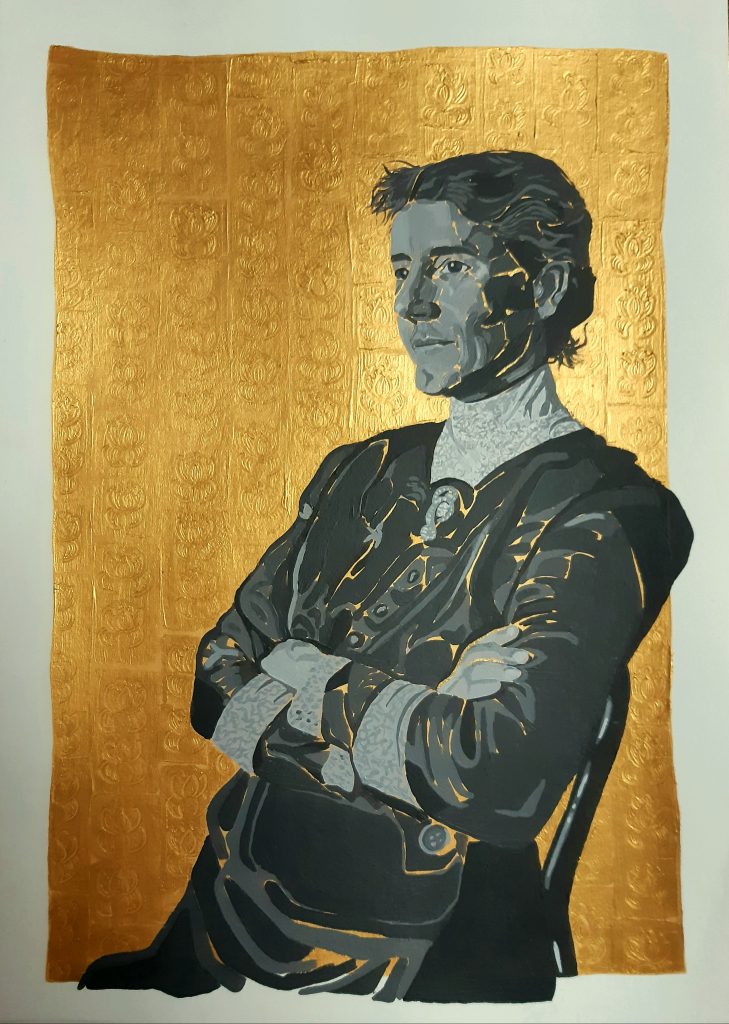Over the last two years, the Durham University Student Art Prize has fostered the hidden artists among our student population. From Law to Liberal Arts undergrads, the celebrated winners of the Prize are all from different academic backgrounds; the prize draws together artists from all reaches of our university. Richard Roberts, the alumnus who funds the competition, has donated nearly £40,000 to pay for prizes for the next 12 years. His reason for this contribution is beautifully candid:
‘Art provides a solace, and an escape, a point at which to start creatively imagining, a memory trigger, it can provide humour or sadness. I want to encourage students to relax by being creative or to enjoy the creative product of fellow students, to stop and take time out to creatively imagine, to allow one’s thoughts to wander and create.’
Luckily, the submission deadline for the competition is usually before summative season begins, so taking this time to ‘wander and create’ can run parallel to academic commitments. The themes of the last two competitions, ‘Diversity’ in 2019 and ‘Heroism’ in 2020, have undoubtedly been challenging. That being said, the first place prize is £1500, so it’s all to play for. Durham students have risen to the challenge, and already after two years the archival collection is over 50 works large. One of the highlights of the competition is that aside from being judged by professional artists, curators and trustees, the submissions are also given over to the ‘people’s vote’. Last years ‘people’s vote’ winner was Shoun Obana’s painting John Hume, Derry, 21st April 1969, and in their description of the work, Obana says:

Shoun Obana, John Hume, Derry, 21st April 1969 (2021), Digital print, Durham University Collection, Image courtesy of the artist.
Not only is the intention behind the work admirable, but the piece itself is stunning. The colourful, geometric background displaces Hume to the right hand side of the canvas, where he stands with open arms, clearly in the act of pacification. Hume is the focal point of the work, but he is not a powerful one: small compared to the scale of the letters in the background, and quietly monochromatic beside the loud colours around him, he does not presuppose or demand the viewer’s attention. His focus is, perhaps, on a more important matter.
In 2019/20, the ‘people’s vote’ went to Papa Gus by Lizzie English, a striking acrylic portrait of Augustine, a student of St. John’s College. English describes their subject as ‘A self-proclaimed “big, black, adopted, gay, Christian, American mature student”’. In line with Lizzie’s intention, this painting radiates positivity. The blended rainbow background immediately grabs our attention, also drawing the eye down to Augustine’s meaningful rainbow pin. The attention to detail on the wrinkles on his clothes and skin creates a sense of real time, as if we are standing with the subject and laughing along with him. Papa Gus is a hyper-personal painting, both in subject and in the connection we feel as viewers to him, and for this reason it is so striking.

Lizzie English, Papa Gus (2020), Acrylic on canvas, Durham University Collection, Image courtesy of the artist.
We couldn’t, of course, look back at the Art Prizes of recent years without mentioning the winners: Alice Stubbings with Hands of Acceptance in 2019/20 and Emma Newnham with Charlotte Perkins Gilman with Gold Wallpaper in 2020/1, each succeeded by works in second, third, and highly commended places. Stubbings, like English, uses the rainbow to show the unity that comes with diversity, drawing two hands held loosely in the middle of the page with each arm flowing off the edges of the canvas into the unknown. This painting doesn’t put a face to the subjects, so the hands bring a sense of force instead in their movement and intimacy. The writing layered on top of them shows how:

Alice Stubbings, Hands of Acceptance (2020), Ink and coloured pencil on paper, Durham University Collection, Image courtesy of the artist.
Stubbings’ piece is a testament to how Durham students have taken Roberts’ art prize as a challenge, not only to enjoy the process of creation, but to create art with a resounding impact.
Newnham’s painting creates its impact by turning the yellow wallpaper of Charlotte Perkins Gilman’s landmark 1892 novel into gold, plastered with a beautiful lotus motif. The gold wallpaper acts to show the bravery and heroism of the painting’s subject, turning the walls that were once oppressive into something of a shrine. This work is inspired by Gilman but transformed by Stubbings’ artistic hand.

Emma Newnham, Charlotte Perkins Gilman with Gold Wallpaper (2021), Acrylic on paper, Durham University Collection, Image courtesy of the artist.
The art prize has seen some amazing pieces over the last couple of years and I’m sure we can look forward to many more this year. The theme for the 2021/22 competition will be officially announced on November 9, and you can already sign up for the mailing list to be notified of any updates. There will also be a launch party for the prize, for which you can RSPV here. Whether you’ve done art before or want to try your hand at it as a way to ‘start creatively imagining’, this is a great opportunity to express yourself outside of the confines of your degree.
Featured Image: Emma Newnham, Charlotte Perkins Gilman with Gold Wallpaper (2021), Acrylic on paper, Durham University Collection, Image courtesy of the artist.